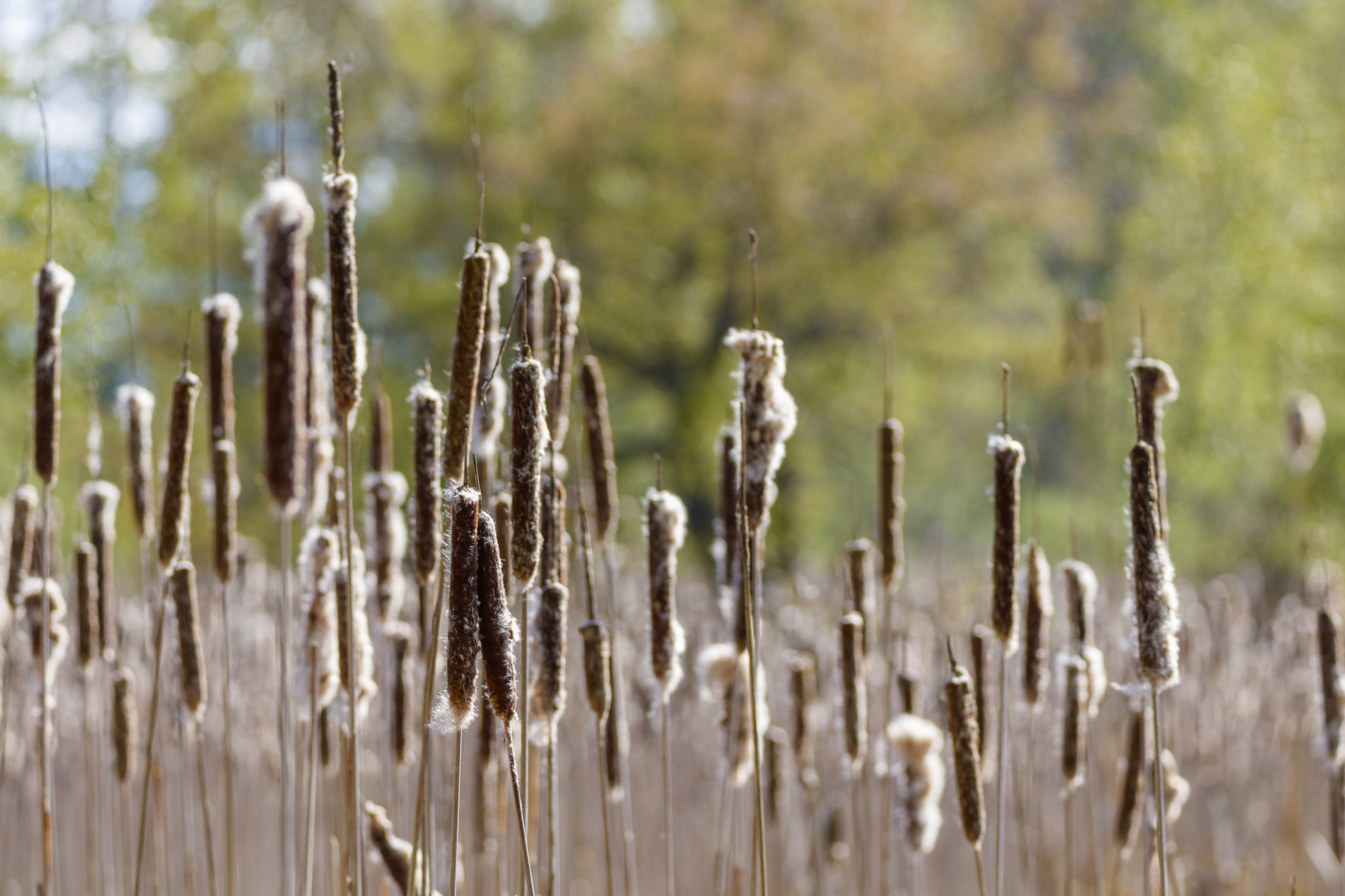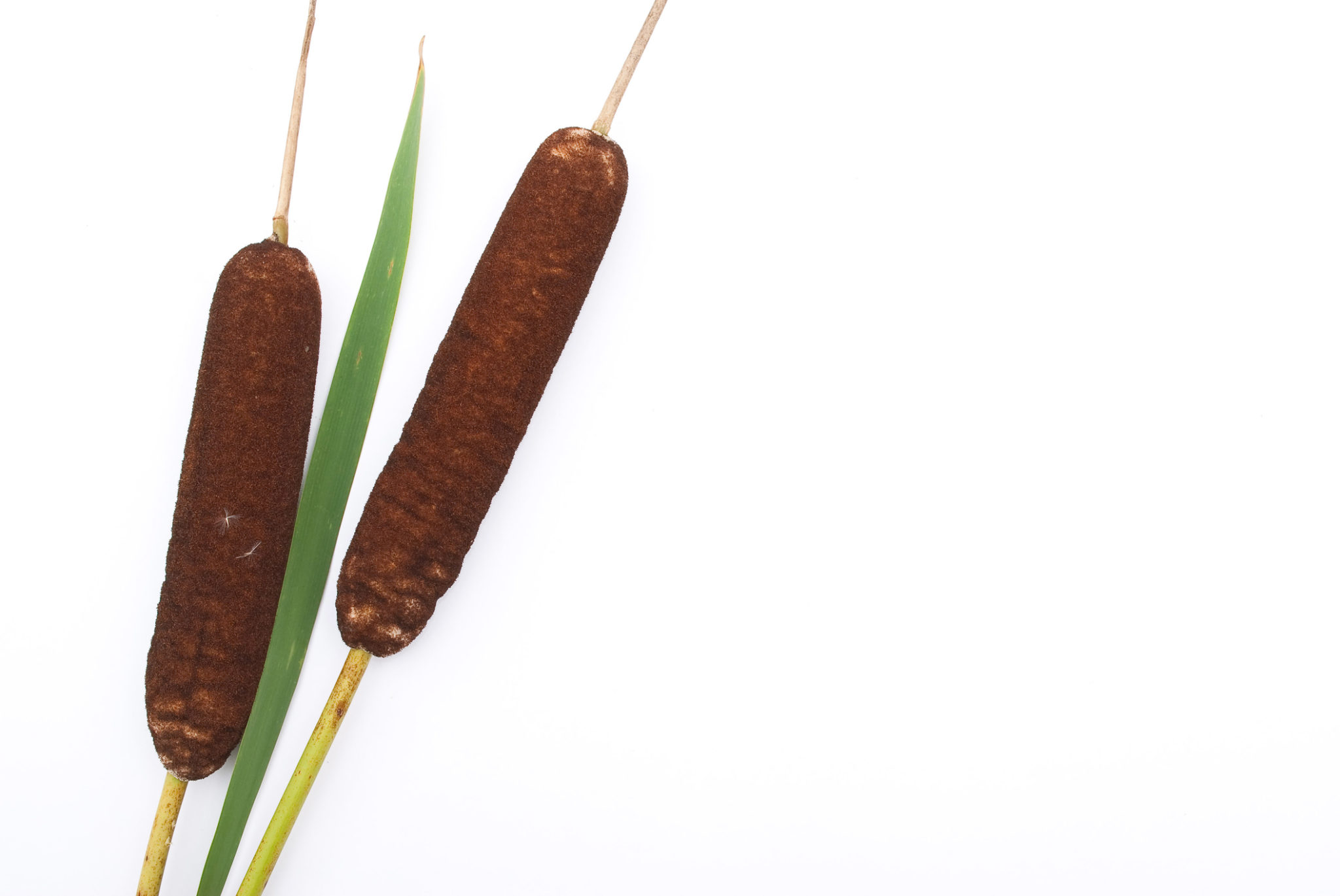In a survival situation, the cattail is your new friend.
Advertisement
Yes, you read that right. The humble cattail, which grows basically anywhere there is a water source, can help you all year long.

Food
In early summer, you’ll find the stems of the cattail, just a few inches above the soil line, are tender. You can peel them and eat them raw or boiled. The roots also make a good food source – pull on the lower part of the stalk until the roots come free, peel them and eat them raw or boiled. The flower heads on developing cattail can be roasted like corn. You’ll find that by mid to late summer, the cattails will start to collect pollen on the heads. This pollen can be collected and used just like flour to make breads, pancakes, or used more like a thickener for gravy and sauces. In the late fall and early winter, dig up the cattail roots, mash them and soak them in water to release the starches. This starch will look like wet flour, so drain off the excess water and you can make bread, by adding more dried pollen, or even a soup with some additional clean water.
Advertisement

Practical Uses
The leaves from a cattail have several uses. Weave the leaves together to make a shelter roof, a bed, a blanket, a basket and more. If you peel the leaves into strips and let them partially dry, you can weave them together to make cording.
Once a cattail has turned dark brown, you can pick it and peel it apart to find the fluff inside. This fluff serves as an excellent tinder. You could even pick the whole stalk, roll the head in pine resin and light it on fire to use as a torch, if needed.
Advertisement
The Cattail
If you find yourself in trouble while exploring the great outdoors, look for cattails. Because they grow near water, finding cattails means you’ve found food, water, shelter and fuel for your fire.